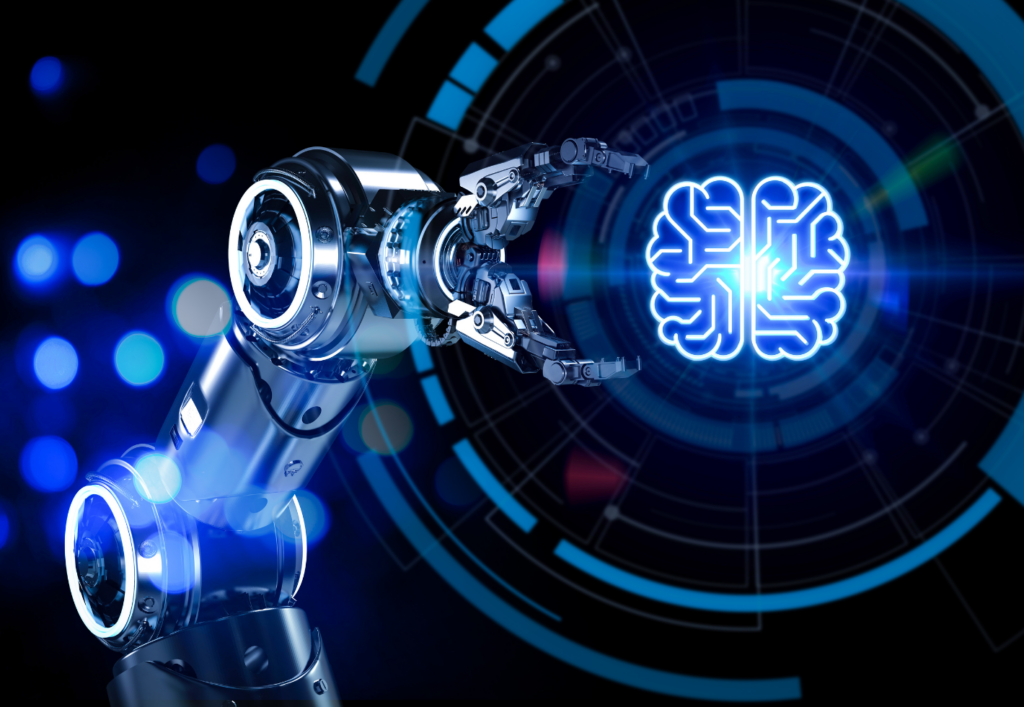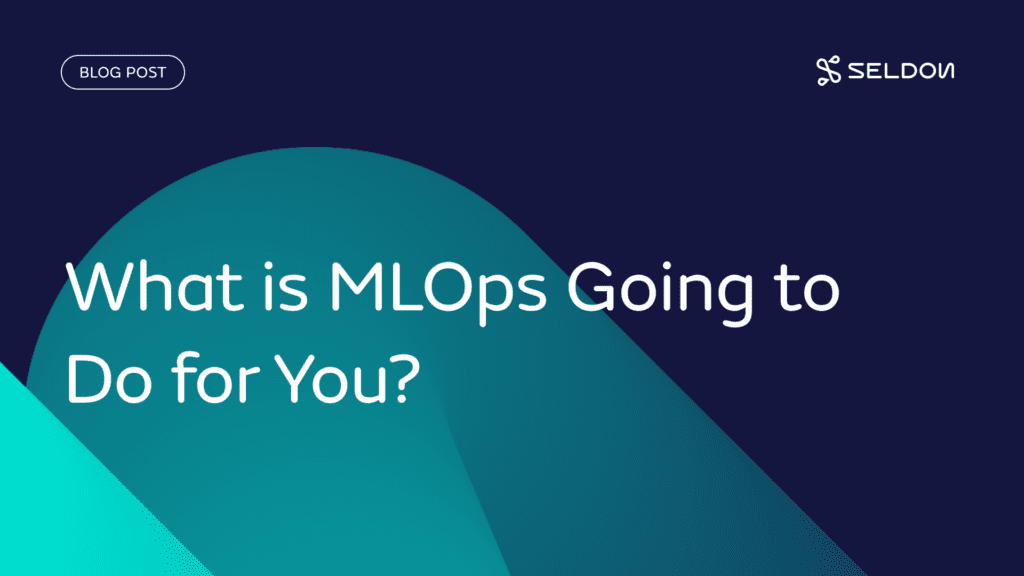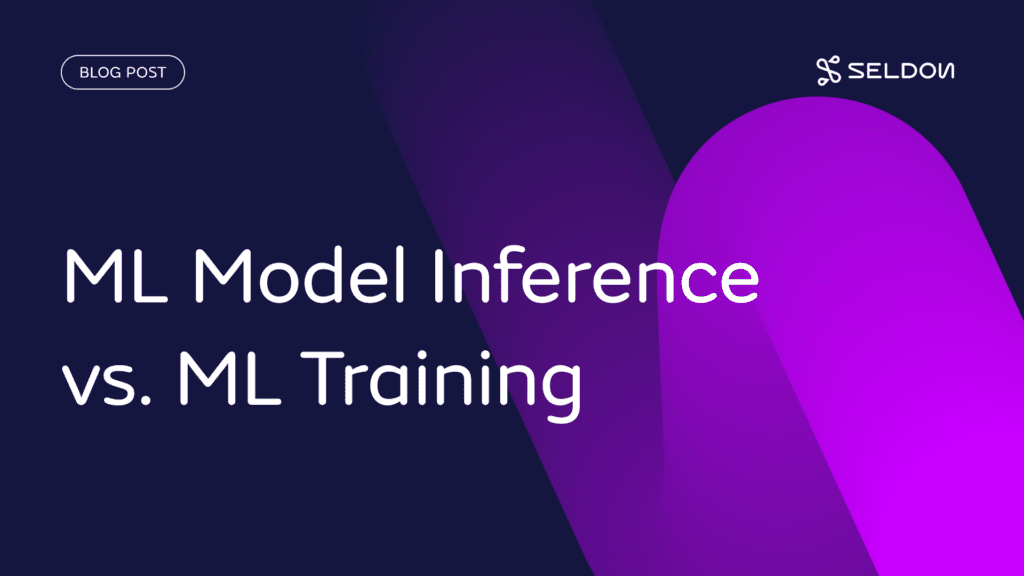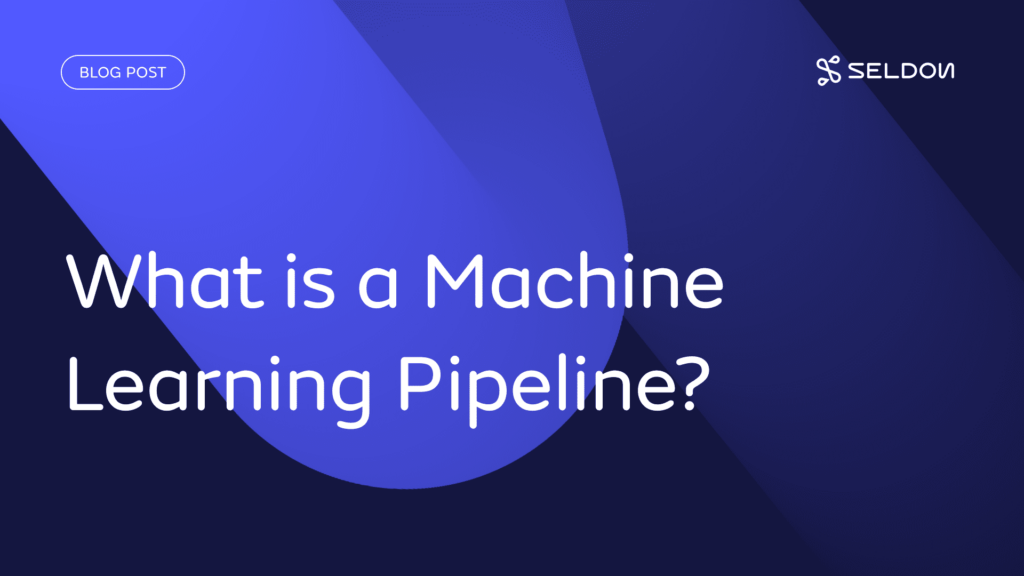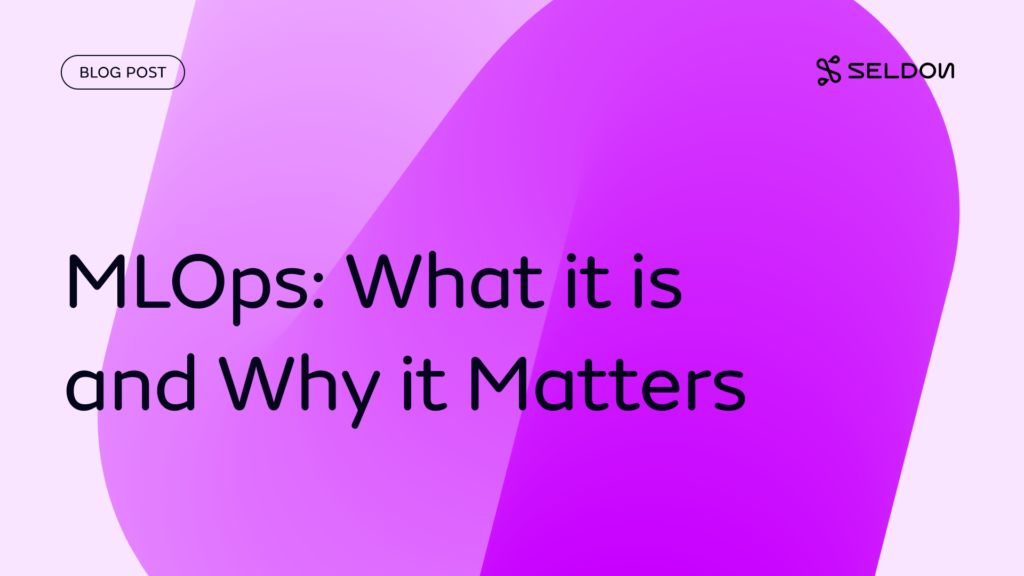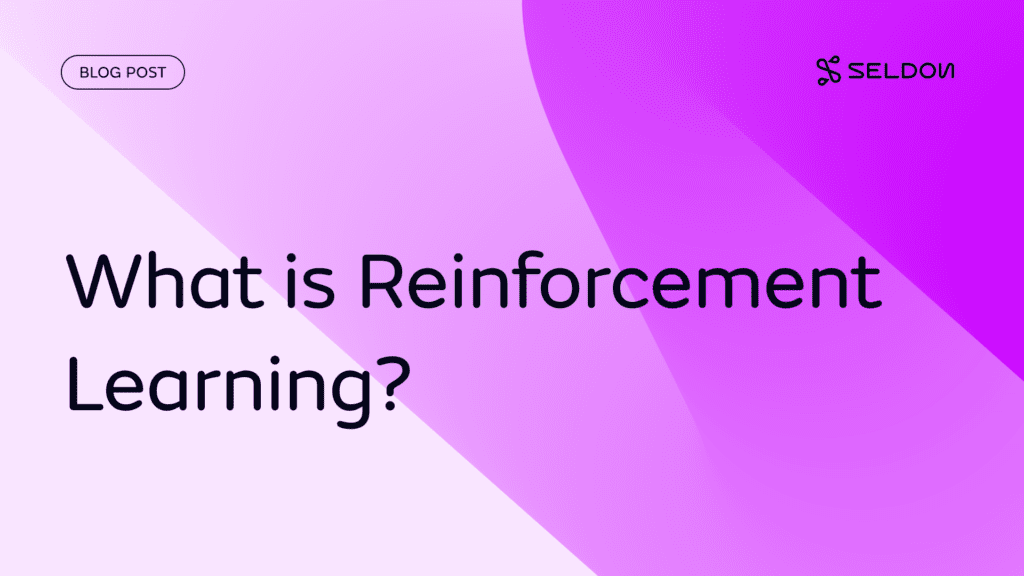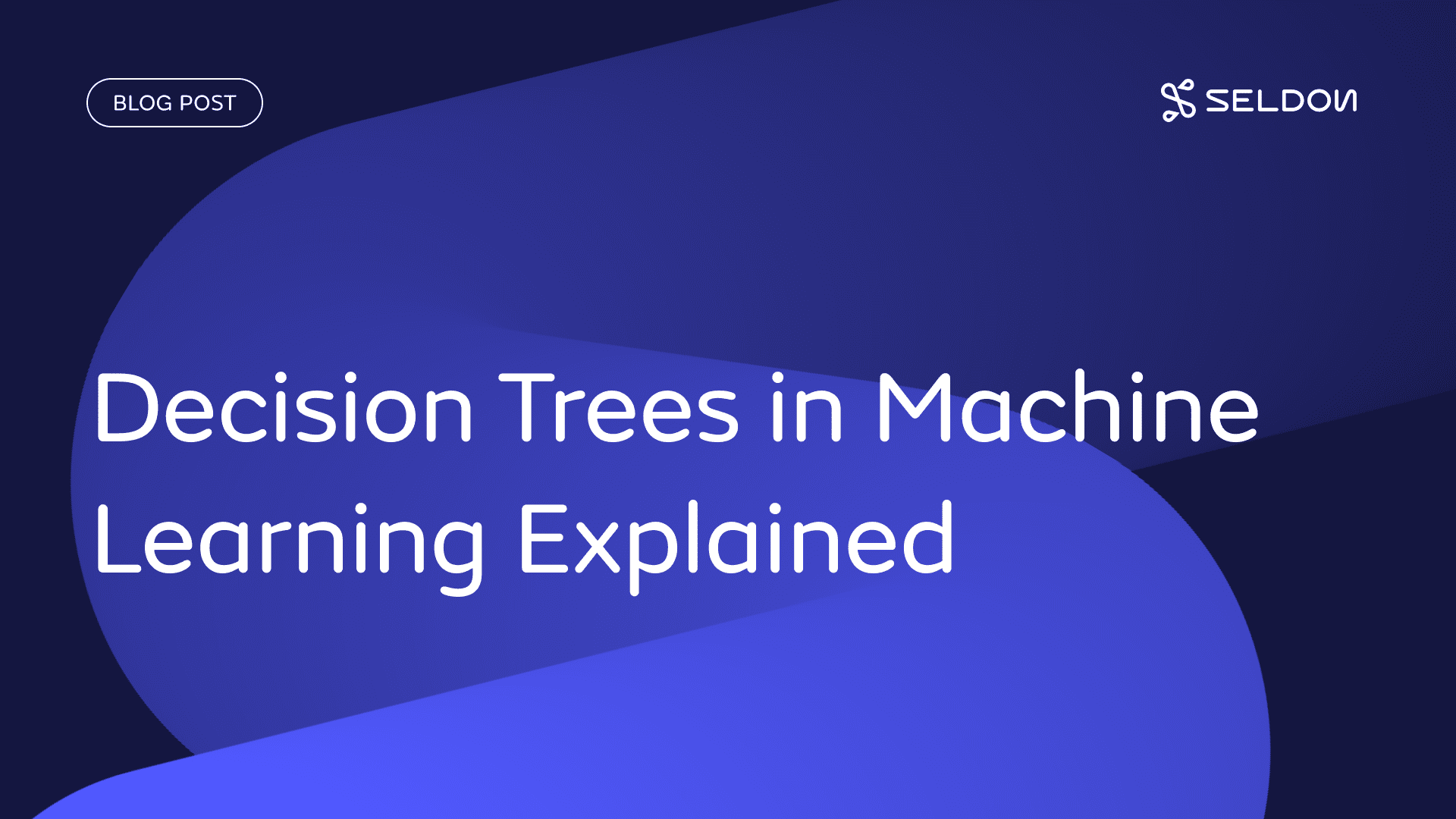Getting Started with Machine Learning Monitoring
Machine learning models are powerful tools when used to automate processes and inform data-led decisions. But the effectiveness of models can degrade if left unmonitored and unoptimized. The lifecycle of a machine learning model should include constant tweaks and improvements to maintain and improve accuracy and efficiency. Without a process of machine learning monitoring, this […]
Getting Started with Machine Learning Monitoring Read More »
